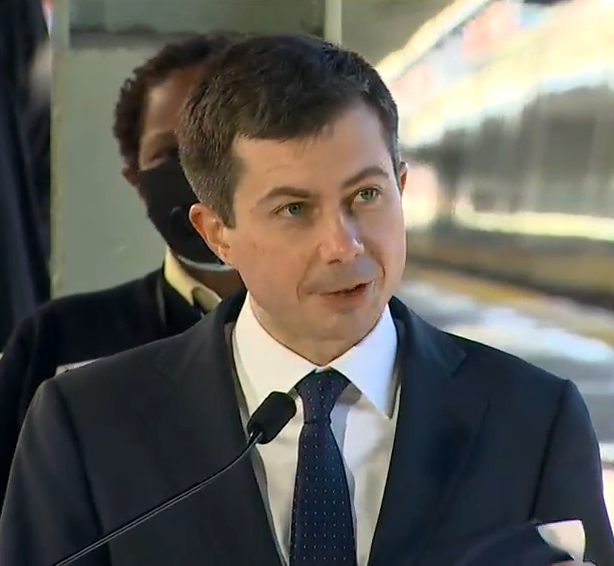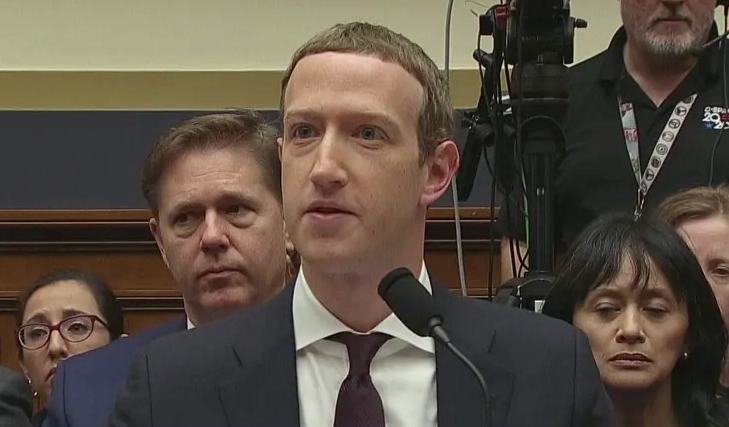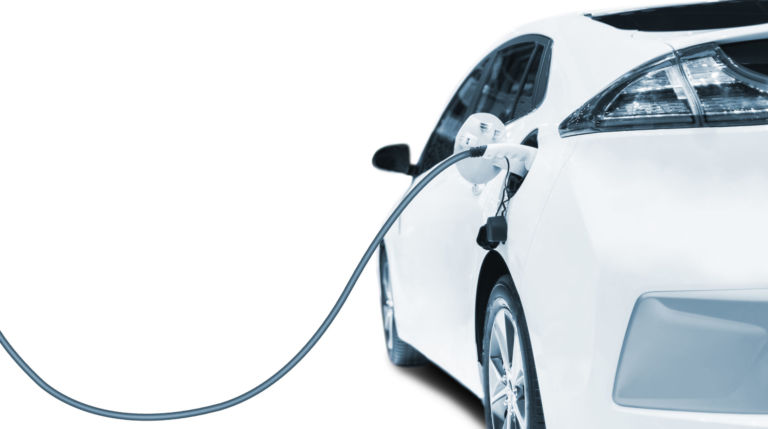Editors at the Washington Examiner ponder the dubious priorities of the U.S. transportation secretary.
A gallon of gas is almost $5, hundreds of airline flights are being canceled every day, and a possible strike by West Coast port unions is threatening to make an already unreliable supply chain even worse.
But don’t worry, America, your transportation secretary is focused like a laser on the top issue facing consumers and travelers today: racist roads.
“There is racism physically built into some of our highways,” Transportation Secretary Pete Buttigieg said last April. He was pushing for the inclusion of the Reconnecting Communities program in President Joe Biden’s $3 trillion Build Back Better plan.
Fortunately for the Reconnecting Communities program, it was not included in Biden’s failed Build Back Better agenda. It was instead stuffed into the bipartisan infrastructure bill that passed the Senate in July 2021 before sitting in the House for months, where it was held hostage by far-left Democrats. The legislation didn’t pass the House until November, and Buttigieg did not announce the first round of Reconnecting Communities funding until last Thursday.
The program is admittedly modest — just $1 billion over five years, including $245 million in spending this year. States, counties, cities, nonprofit organizations, and even private entities that own transportation facilities are all eligible to apply for grants. Grant money can be spent on projects that “help reconnect communities that were previously cut off from economic opportunities by transportation infrastructure.”
Projects that “are focused on equity and environmental justice” will be given special preference. Examples cited by the Department of Transportation include pedestrian walkways over existing highways, redesigned intersections, and bus rapid transit lines.
So chalk it up as another billion dollars spent on a grant program that will mostly line the pockets of big-city Democrats and their developer donors. No, it’s not the end of the world. But it certainly is not a solution to any of the very real transportation-related problems facing consumers and travelers.


